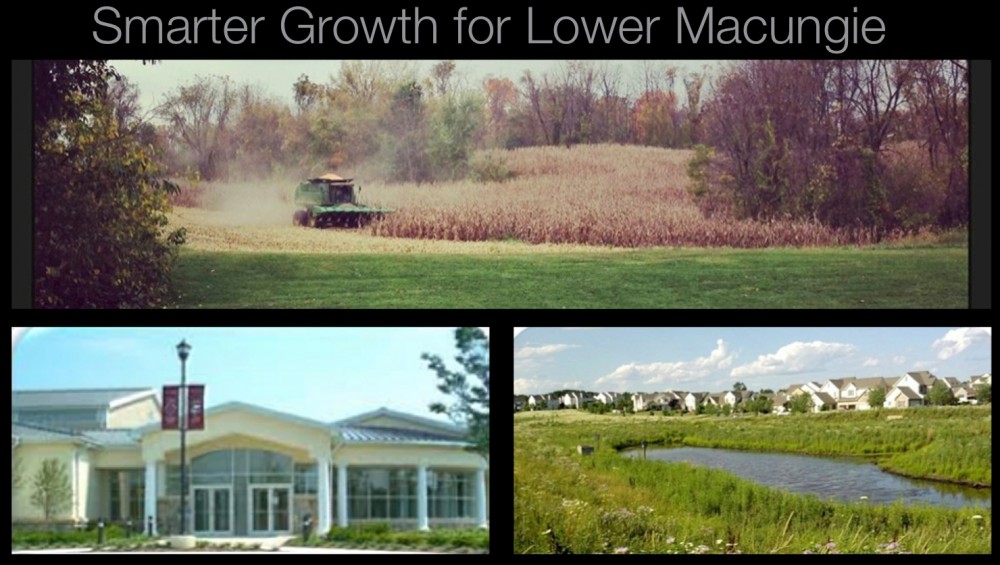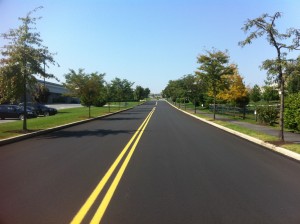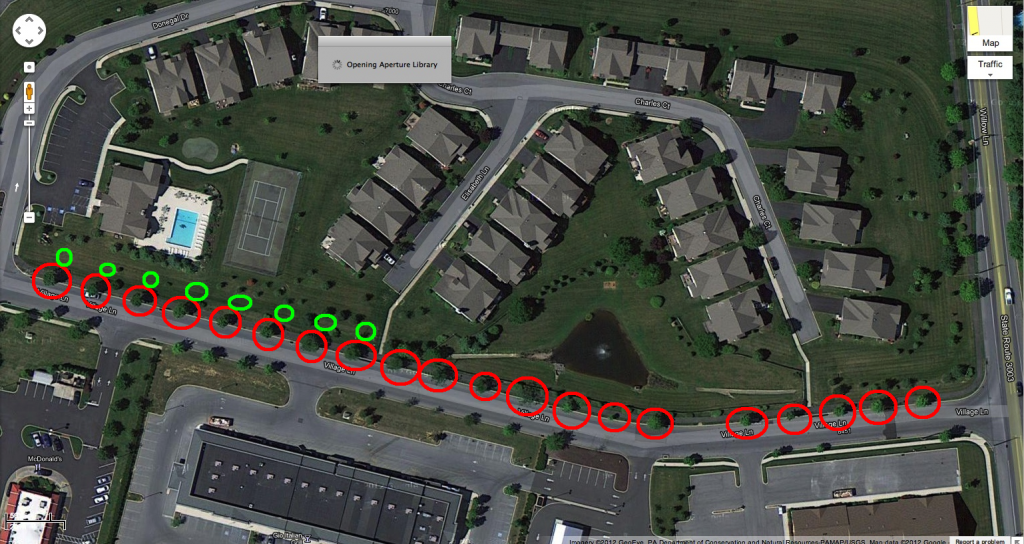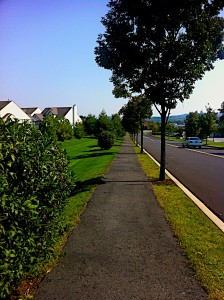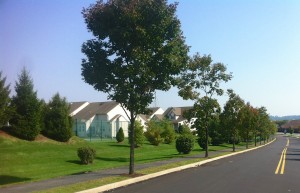Here’s the scoop on local Trick or Treats – PLEASE BE SAFE EVERYONE! I think the township made the right call postponing til Saturday and holding during the day because we have no idea if power will be back on yet in many areas on saturday. On the more suburban township roads (many without sidewalks) it’s too dangerous to hold the event without streetlights.
For those still having it in Alburtis and Macungie tonight PLEASE BE VERY CAREFUL!
Macungie and Alburtis Borough: Via Mcall – Trick or Treat still on for Wednesday Night
Emmaus Borough: Via Emmaus Facebook Page
Attention Borough Residents: TRICK OR TREAT NIGHT HAS BEEN CHANGEDDue to the potential damage and circumstances as a result of Hurricane Sandy, the Borough of Emmaus has cancelled Trick or Treat Night for Wednesday evening. Because of the potential for lasting effects of the hurricane, Trick or Treat Night for the Borough of Emmaus has been RESCHEDULED for SATURDAY, November 3rd from 6pm to 8pm.Please share this with your friends that live in the Borough. We will also be providing a telephone announcement this afternoon. Please stay safe!
Lower Macungie Township: Via LMT Facebook Page
Trick-or-Treat is cancelled for tonight and is rescheduled for Saturday, November 3rd, 3:00-6:00 p.m. Due to reports that power could be out until Sunday, the Trick-or-Treat hours were scheduled during the day for safety reasons. If your children are Trick-or-Treating without an adult, please remind them to be careful when it starts to get dark. Have fun and be safe!
